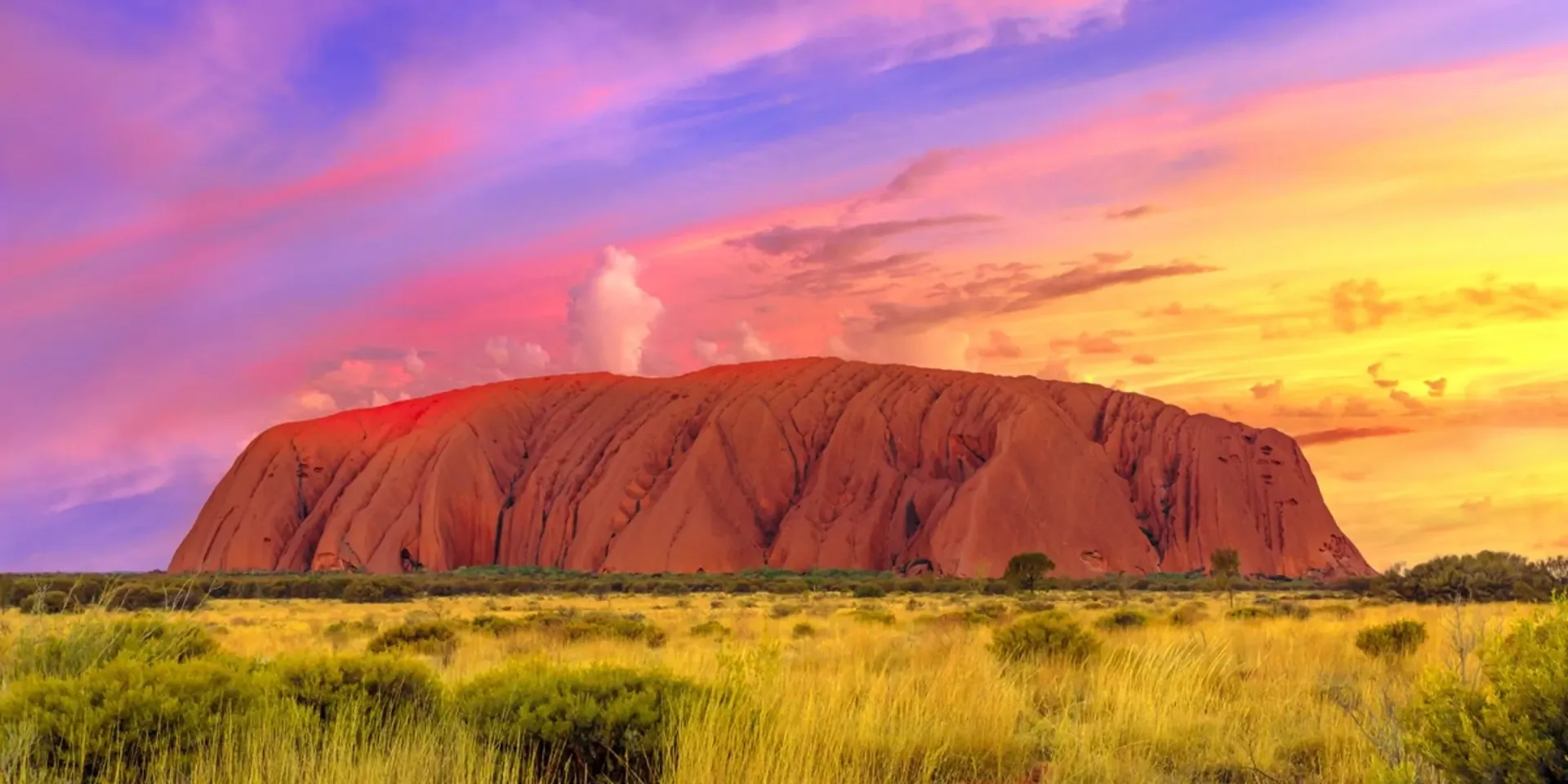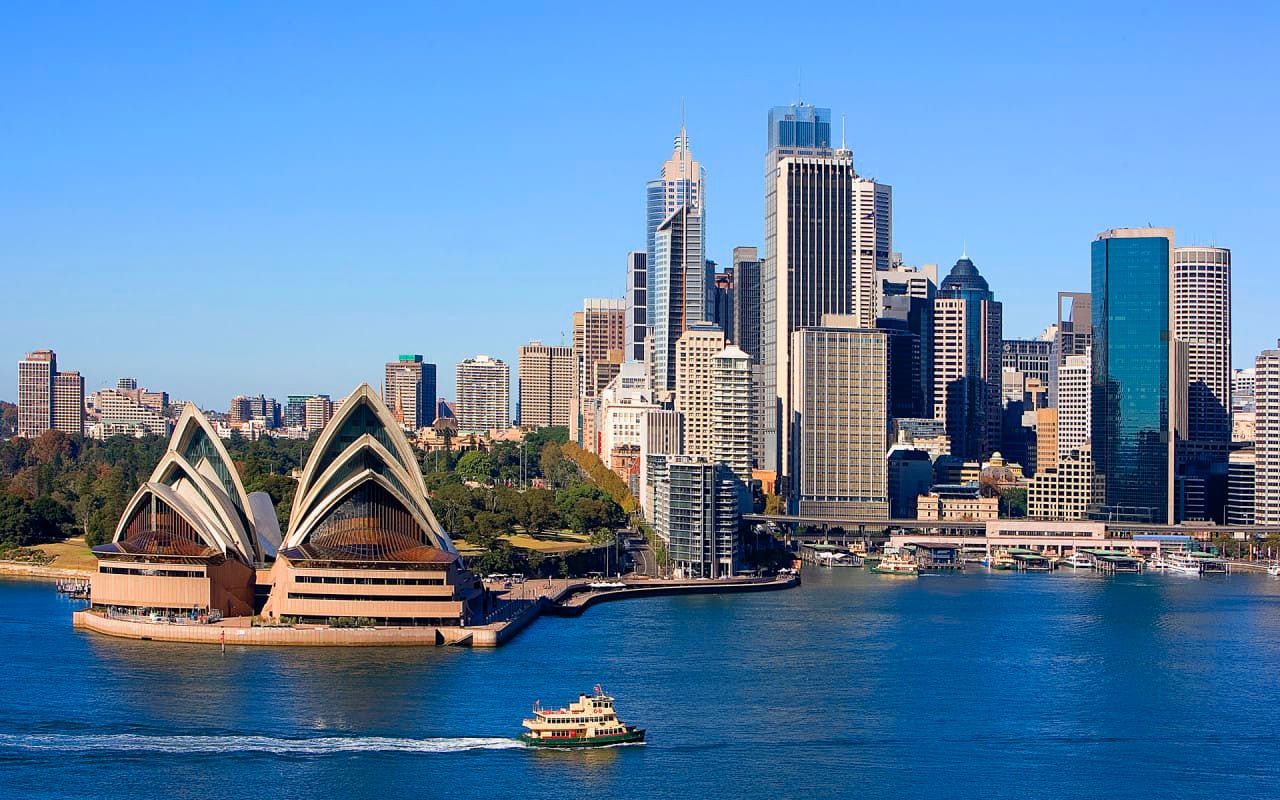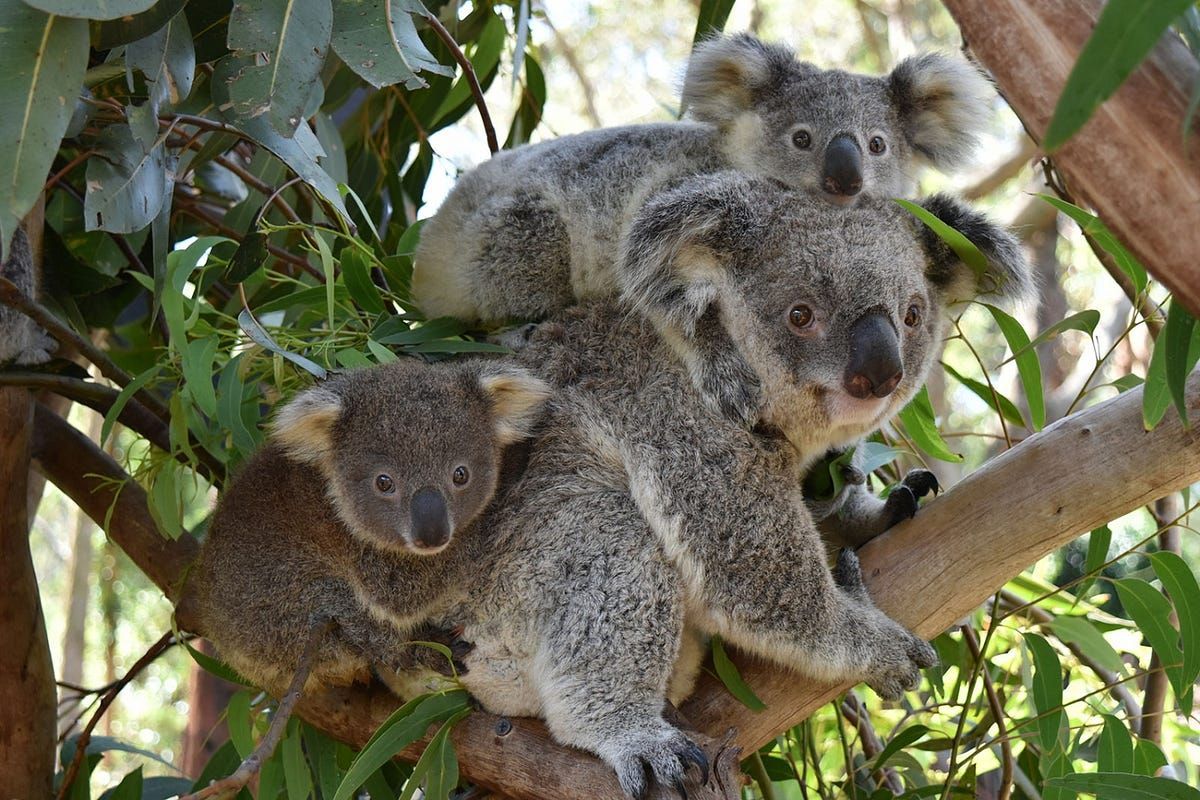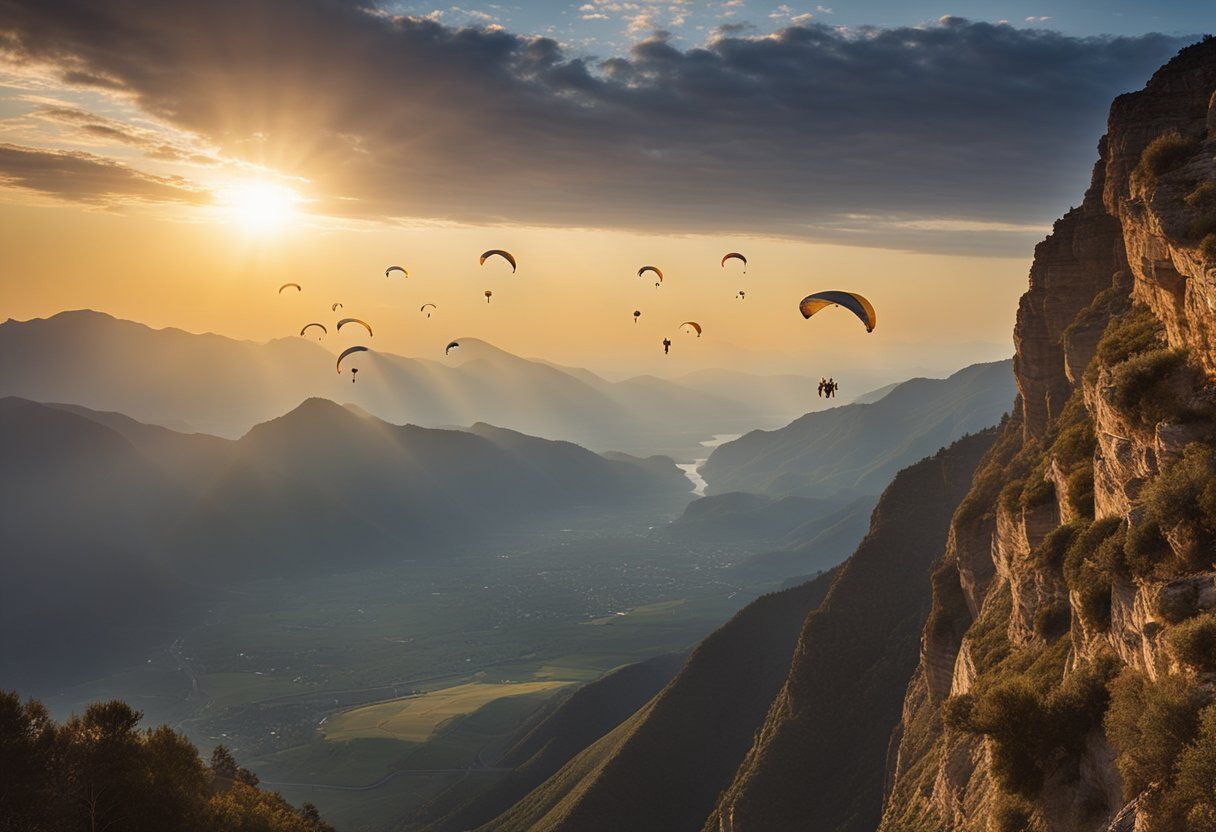To share
Embark on unforgettable tours of Australia’s Northern Territory. Discover ancient landscapes, vibrant cultures and breathtaking wildlife.

Introduction to the Northern Territory
Geographical overview
The Northern Territory, often referred to as the "Top End" of Australia, is a vast and diverse region spanning over 1.3 million square kilometers. This expansive territory is home to a wide range of landscapes, from the arid deserts of the Red Centre to the lush tropical forests of the north. The region is characterized by its unique geological formations, including the iconic Uluru and Kata Tjuta, as well as the sprawling wetlands of Kakadu National Park.
Cultural significance
The Northern Territory holds immense cultural importance, particularly for Australia's Indigenous peoples. The region has been home to Aboriginal communities for over 65,000 years, making it one of the oldest continuous cultures on Earth. Visitors can experience this rich heritage through rock art sites, cultural centers, and guided tours led by Indigenous rangers. The blend of ancient traditions and modern Australian culture creates a unique and fascinating atmosphere throughout the Territory.
Best times to visit
The Northern Territory experiences two distinct seasons: the dry season (May to October) and the wet season (November to April). The dry season is generally considered the best time to visit, offering comfortable temperatures and clear skies. This period is ideal for outdoor activities and exploring national parks. However, the wet season has its own appeal, with lush landscapes, spectacular thunderstorms, and fewer crowds. Each season offers a different perspective on the Territory's natural beauty.
1. Darwin: Gateway to the Northern Territory
City highlights and attractions
Darwin, the capital city of the Northern Territory, serves as an excellent starting point for exploring the region.
Some notable attractions include:
- The Museum and Art Gallery of the Northern Territory, showcasing local art and natural history
- Mindil Beach Sunset Market, offering a vibrant mix of food stalls, local crafts, and entertainment
- Crocosaurus Cove, where visitors can observe saltwater crocodiles up close
- The Darwin Waterfront Precinct, featuring a wave lagoon, restaurants, and shops
Day trips from Darwin
Several exciting day trip options are available from Darwin:
- Litchfield National Park, known for its stunning waterfalls and swimming holes
- Tiwi Islands, offering insight into Aboriginal art and culture
- Mary River Wetlands, perfect for wildlife cruises and bird watching
- Adelaide River, famous for its jumping crocodile cruises
Local cuisine and dining experiences
Darwin's culinary scene reflects its multicultural population and proximity to Southeast Asia.
Visitors can enjoy:
- Fresh seafood at the Stokes Hill Wharf
- Asian-inspired dishes at the Parap Village Markets
- Bush tucker experiences, featuring native Australian ingredients
- Waterfront dining with spectacular sunset views
"Darwin's diverse culinary offerings provide a unique taste of the Top End, blending local ingredients with international influences."
2. Kakadu National Park Adventures
Ancient rock art sites
Kakadu National Park is home to some of the world's most significant and well-preserved ancient rock art sites. These galleries, dating back thousands of years, offer visitors a unique glimpse into the rich cultural heritage of the Indigenous people of the region. The Ubirr and Nourlangie rock art sites are particularly noteworthy, featuring intricate depictions of local wildlife, mythological figures, and everyday life scenes.
Visitors can explore these sites through guided tours or self-guided walks, with informative signage providing context and interpretation. The rock art not only serves as a historical record but also plays a crucial role in the ongoing cultural practices of the local Aboriginal communities.
Wildlife spotting opportunities
The diverse ecosystems of Kakadu National Park provide habitats for an impressive array of wildlife. Visitors have the chance to observe various species in their natural environments, including:
- Saltwater crocodiles in the park's waterways
- Over 280 bird species, including jabirus and magpie geese
- Native mammals such as wallabies, dingoes, and quolls
Yellow Water Billabong is a popular spot for wildlife viewing, particularly during sunrise and sunset cruises. These tours offer excellent opportunities for bird watching and crocodile spotting, with experienced guides providing insights into the park's ecology and animal behaviors.
Guided tours and cultural experiences
To fully appreciate the cultural and natural significance of Kakadu, many visitors opt for guided tours led by knowledgeable local guides, including Indigenous rangers. These experiences often include:
- Bushwalks with traditional owners, learning about bush tucker and medicinal plants
- Cultural demonstrations of traditional crafts and hunting techniques
- Guided tours of significant sites with explanations of their cultural importance
These tours not only enhance visitors' understanding of the park but also contribute to the local economy and support Indigenous-owned businesses. Many tour operators offer a range of options, from day trips to multi-day adventures, catering to different interests and fitness levels.
3. Exploring Litchfield National Park
Stunning waterfalls and swimming holes
Litchfield National Park is renowned for its accessible and picturesque waterfalls and swimming holes.
Some of the most popular attractions include:
- Florence Falls: A double-cascading waterfall with a large plunge pool
- Wangi Falls: Featuring a large swimming area and nearby walking trails
- Buley Rockhole: A series of cascading pools perfect for relaxing
These natural swimming spots provide a refreshing escape from the Northern Territory heat. Visitors should always follow safety guidelines and be aware of seasonal changes that may affect water levels and accessibility.
Magnetic termite mounds
One of Litchfield's unique features is its fields of magnetic termite mounds. These structures, built by termites, are aligned north-south to minimize exposure to the sun, showcasing a remarkable example of animal architecture. Visitors can observe these mounds up close via designated walkways and informative signage explaining their construction and ecological significance.
Hiking trails and camping options
Litchfield National Park offers a variety of hiking trails suitable for different fitness levels and time constraints.
Some notable trails include:
- The Tabletop Track: A challenging 39km circuit for experienced hikers
- Greenant Creek Walk: A moderate 2.7km return walk to Tjaetaba Falls
- Wangi Falls Walk: An easy 1.6km loop suitable for most visitors
For those looking to extend their stay, the park provides several camping options:
- Wangi Falls Campground: A popular site with amenities suitable for caravans and tents
- Florence Falls Campground: A more secluded option for those seeking a bush camping experience
- Buley Rockhole Campground: A small campground ideal for those wanting easy access to the rockholes
Camping in Litchfield allows visitors to fully immerse themselves in the park's natural beauty and increases opportunities for wildlife spotting, especially during dawn and dusk.
4. Uluru-Kata Tjuta National Park
Sunrise and sunset viewing experiences
The Uluru-Kata Tjuta National Park offers breathtaking sunrise and sunset viewing experiences that showcase the ever-changing colors of the iconic Uluru (Ayers Rock) and Kata Tjuta (The Olgas). Visitors can witness the landscape transform from deep purples and blues to vibrant reds and oranges as the sun rises or sets.
- Sunrise viewing platforms: The Talinguru Nyakunytjaku viewing area provides an excellent vantage point for watching the sun rise over Uluru and Kata Tjuta.
- Sunset viewing options: The Uluru sunset viewing area offers unobstructed views of the rock as it changes color during sunset.
- Photography opportunities: Both sunrise and sunset provide ideal lighting conditions for capturing stunning photographs of the landscape.
"Watching the sun rise over Uluru is a truly unforgettable experience that connects visitors with the ancient beauty of the Australian outback."
Indigenous cultural tours
To gain a deeper understanding of the cultural significance of Uluru-Kata Tjuta National Park, visitors can participate in Indigenous-led tours. These experiences offer valuable insights into the traditional Anangu culture and their connection to the land.
- Guided walks: Join an Anangu guide for a walk around the base of Uluru, learning about Indigenous creation stories and traditional bush foods.
- Art workshops: Participate in dot painting workshops to learn about Indigenous art techniques and symbolism.
- Cultural center visits: Explore the Uluru-Kata Tjuta Cultural Centre to discover more about Anangu history and traditions.
Unique accommodation options
The Uluru-Kata Tjuta National Park area offers a range of unique accommodation options that allow visitors to immerse themselves in the desert environment:
- Luxury tented camps: Experience glamping with uninterrupted views of Uluru from your private tent.
- Desert retreats: Stay at eco-friendly resorts that blend seamlessly with the surrounding landscape.
- Camping under the stars: For a more rustic experience, set up camp in designated areas within the national park.
5. Off-the-Beaten-Path Destinations
Arnhem Land
Arnhem Land, located in the northeastern corner of the Northern Territory, is a vast and remote wilderness area that offers visitors a chance to experience traditional Aboriginal culture and pristine natural landscapes.
- Cultural experiences: Visit Indigenous communities to learn about traditional art, hunting techniques, and storytelling.
- Fishing expeditions: Join guided fishing trips to catch barramundi in the region's rivers and coastline.
- Wildlife spotting: Explore diverse ecosystems, including wetlands, forests, and coastal areas, home to unique Australian wildlife.
Tiwi Islands
The Tiwi Islands, consisting of Bathurst and Melville Islands, are located north of Darwin and offer a unique insight into Aboriginal art and culture.
- Art centers: Visit local art centers to see and purchase distinctive Tiwi art, known for its bold designs and vibrant colors.
- Cultural tours: Participate in guided tours led by Tiwi people to learn about their history, customs, and daily life.
- Fishing charters: Experience world-class fishing in the waters surrounding the islands.
Katherine Gorge
Katherine Gorge, located within Nitmiluk National Park, is a series of thirteen gorges carved through ancient sandstone by the Katherine River. This natural wonder offers various activities for visitors:
- Canoeing and kayaking: Paddle through the gorges, enjoying the tranquil waters and towering cliffs.
- Scenic flights: Take a helicopter tour for a bird's-eye view of the entire gorge system.
- Hiking trails: Explore the surrounding landscape on foot via well-marked hiking trails.
"Katherine Gorge presents a unique opportunity to experience the raw beauty of the Northern Territory's rugged landscape while engaging in a variety of outdoor activities."
6. Practical Tips for Northern Territory Tours
Transportation options
When exploring the Northern Territory, several transportation options are available:
- Self-drive: Renting a car offers flexibility and independence. Many attractions are spread out, making this a popular choice.
- Guided tours: Organized tours provide expert knowledge and handle logistics, ideal for those preferring a structured experience.
- Public transport: Limited but available in major towns. Darwin has a bus network, while long-distance coaches connect larger settlements.
- Flights: Useful for covering vast distances quickly, with regular services between major centers like Darwin, Alice Springs, and Uluru.
Tip: For remote areas, consider a 4WD vehicle or joining a tour with experienced guides.
Packing essentials
The Northern Territory's climate and terrain require careful packing:
- Lightweight, breathable clothing
- Wide-brimmed hat and sunglasses
- High-SPF sunscreen
- Insect repellent
- Reusable water bottle
- Comfortable, sturdy walking shoes
- Camera for capturing memories
- First-aid kit
- Light jacket for cooler evenings
Remember: Pack light but smart. Many tours provide specialized equipment for activities.
Safety considerations
Safety is paramount when touring the Northern Territory:
- Stay hydrated: The climate can be extremely hot and dry.
- Be crocodile aware: Heed all warning signs near waterways.
- Drive carefully: Long distances and wildlife on roads pose risks.
- Respect sacred sites: Follow guidelines at indigenous cultural areas.
- Be prepared for limited mobile coverage in remote areas.
- Check weather forecasts, especially during the wet season (November to April).
Always inform someone of your travel plans, particularly when venturing into remote areas.
Summary
The Northern Territory offers a unique blend of natural wonders, indigenous culture, and outdoor adventures. From the tropical Top End to the red center, visitors can experience diverse landscapes, wildlife, and rich cultural heritage. With proper planning and respect for the environment and local customs, a tour of the Northern Territory can be a truly transformative experience.
Frequently Asked Questions
- When is the best time to visit the Northern Territory?
The dry season (May to October) is generally considered the best time, with cooler temperatures and less rainfall. - Do I need special permits to visit Aboriginal lands?
Yes, permits are required for some areas. Check with local authorities or tour operators for specific requirements. - How long should I plan for a Northern Territory tour?
A minimum of 7-10 days is recommended to experience the highlights, but 2-3 weeks allows for a more comprehensive exploration. - Is it safe to swim in the Northern Territory?
Swimming safety varies. Always follow local advice and only swim in designated safe areas due to crocodile risks in many waterways. - Can I see the Northern Territory on a budget?
Yes, with careful planning. Consider camping, self-drive options, and free attractions to reduce costs.




